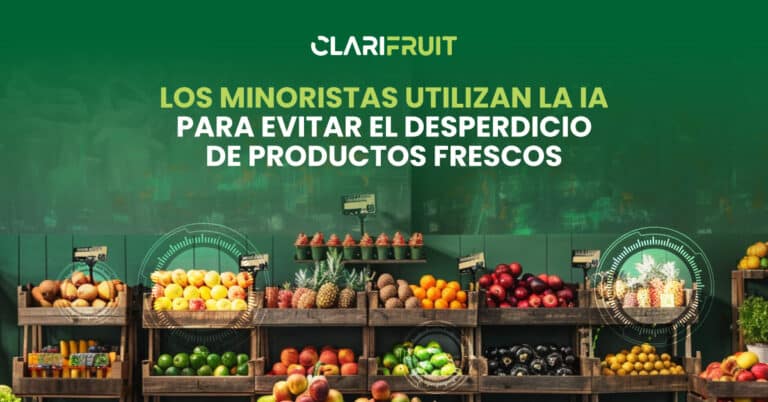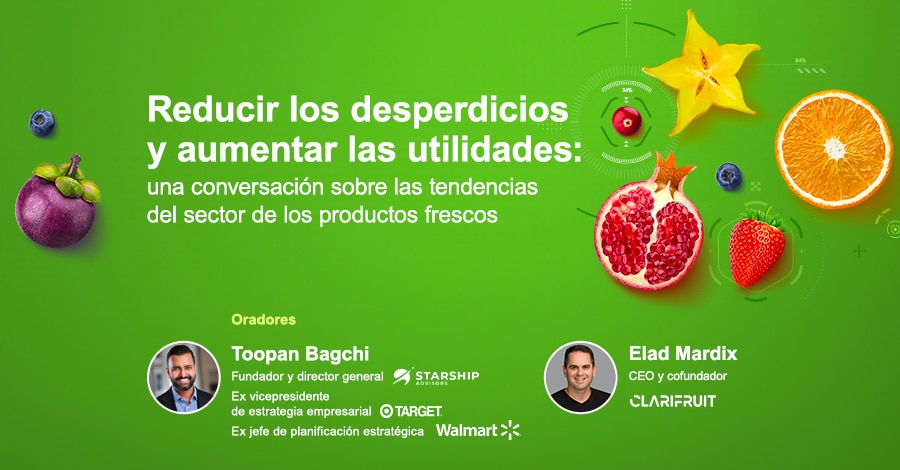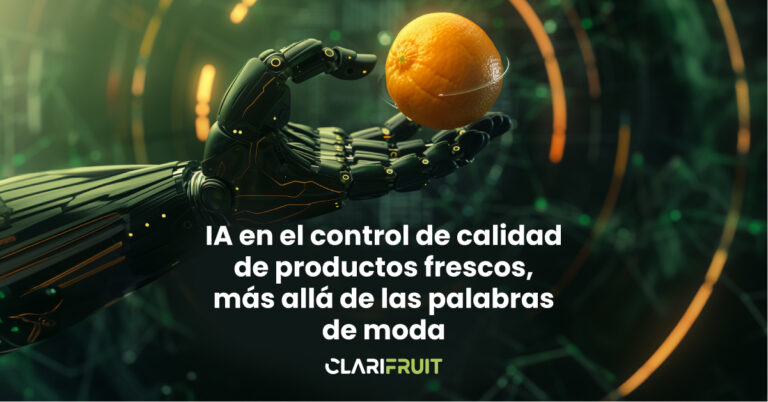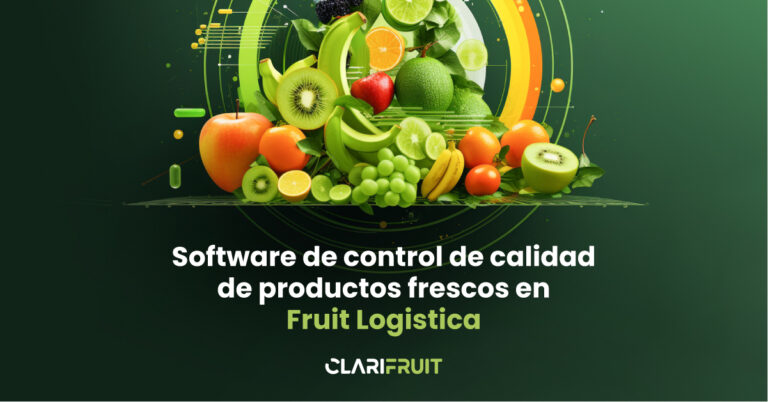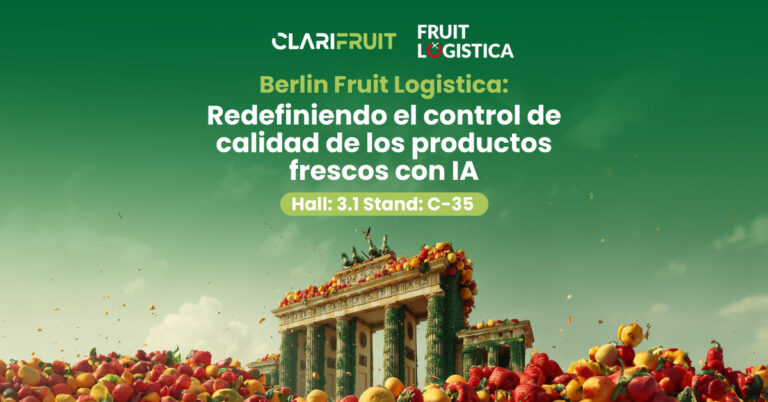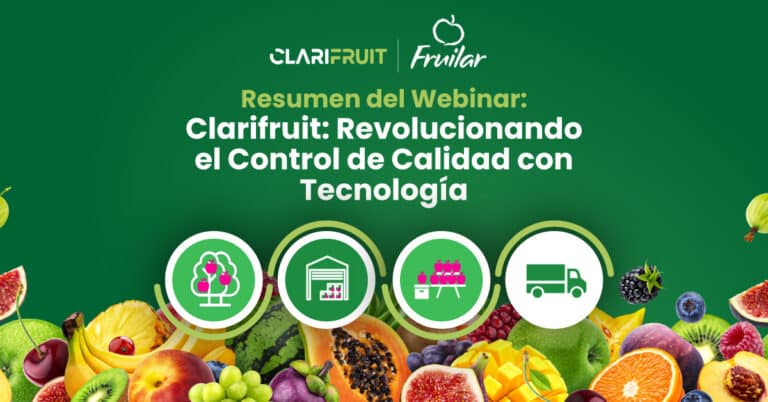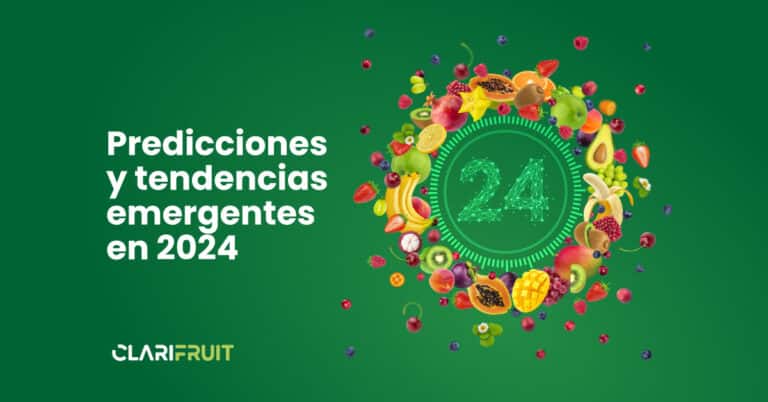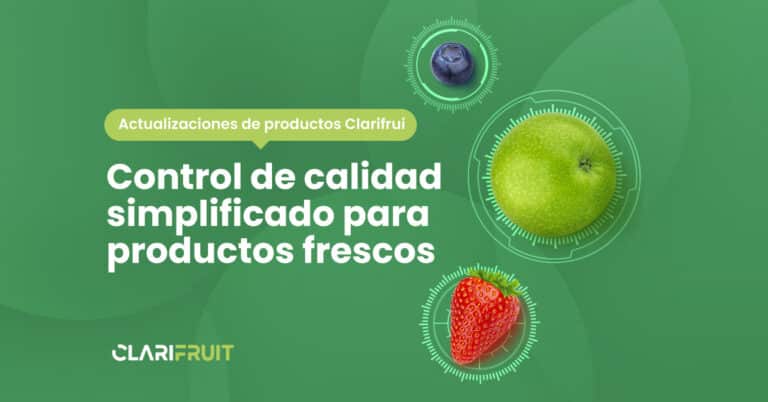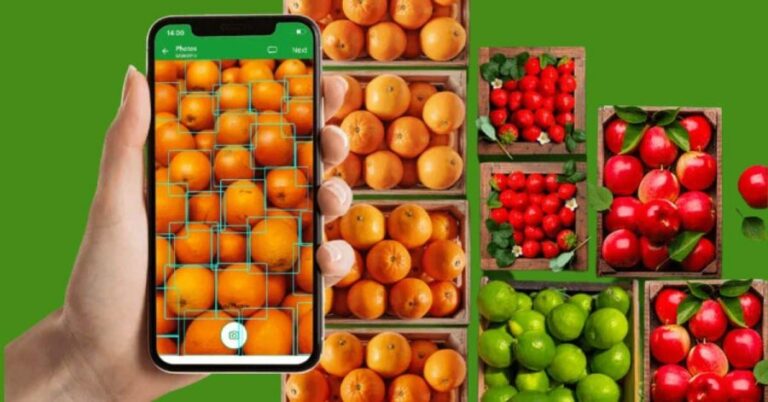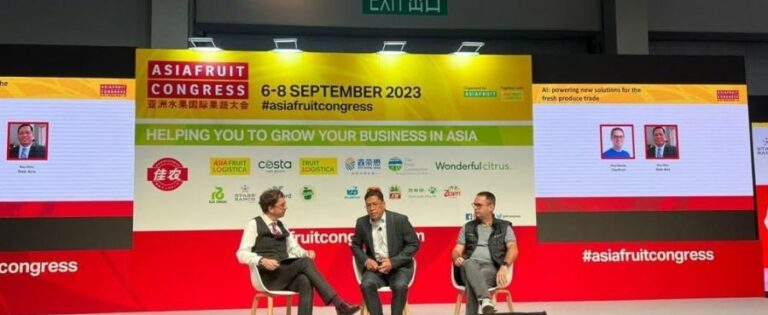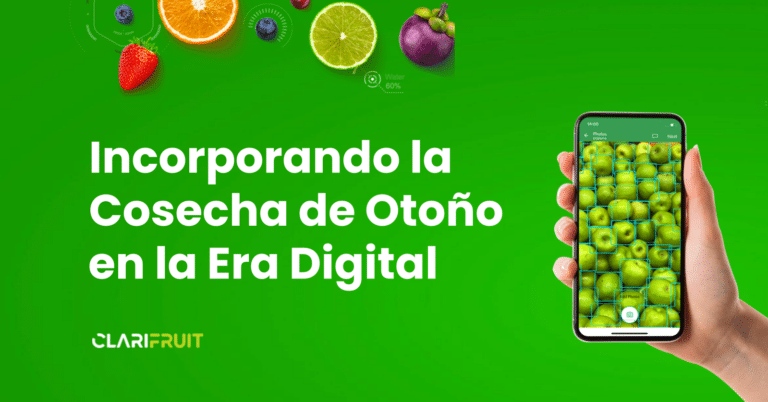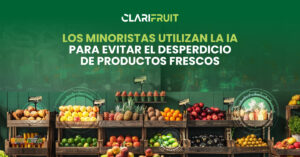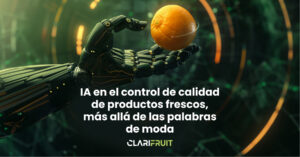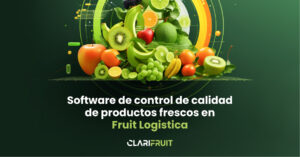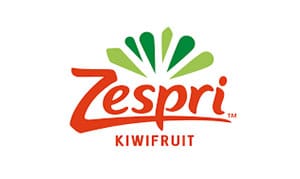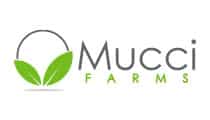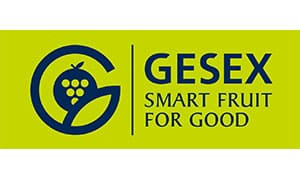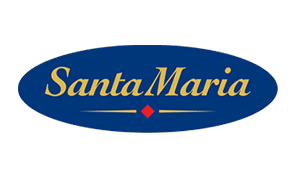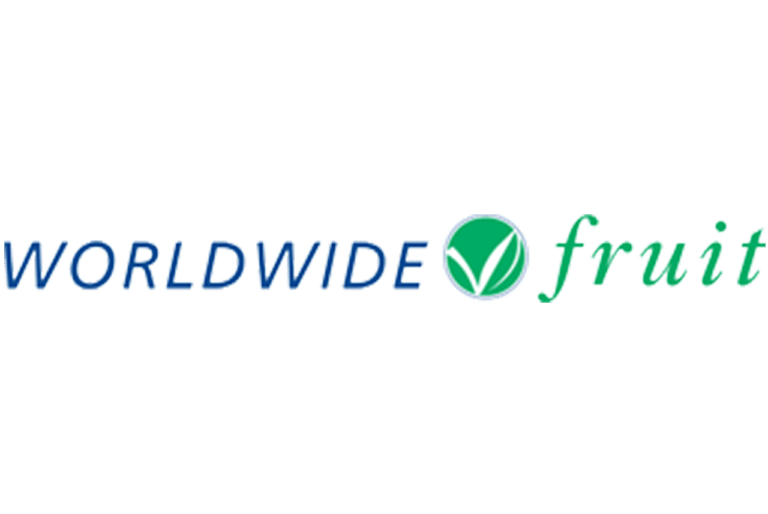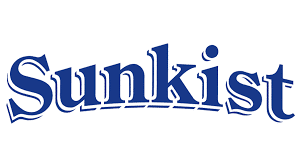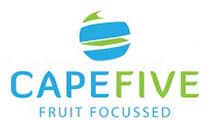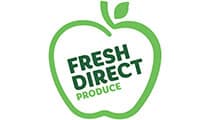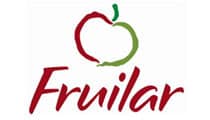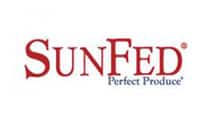We recently held a webinar with our guest speaker Toopan Bagchi, former Vice President of Corporate Strategy and Strategic Planning at Walmart, joined by our CEO and Founder Elad Mardix. It was a broad conversation about the state of the fresh produce industry, the challenges it faces and the opportunities for retailers and suppliers. During the webinar there was also a detailed demonstration of the Clarifruit platform and all that it offers.
This is a summary of the highlights of our conversation.
Current trends in the fresh produce sector
Toopan opened the discussion by noting why this conversation is so important: For retailers, a fresh produce program is absolutely essential. The fresh produce category, especially fruits and vegetables, has the greatest effect on consumer preferences for product choices.
Also, as time goes by, their standards are getting higher and higher. The gastronomic culture and the generalization of natural and organic products make them increasingly focused on sustainability and waste reduction. At the same time, the demand for so-called “superfoods” such as avocados and berries calls for innovative handling and transportation solutions.
All this generates the need to update and improve processes throughout the value chain. However, there are significant obstacles in the way: margin pressure, supply chain problems, a shortage of human talent, and of course, unsustainable levels of waste.
These challenges make the use of technological solutions mandatory.
Mismatch in quality expectations: the lose-lose situation that generates waste
Waste is a particularly serious problem for retailers, with figures ranging from 5-10%. As Elad points out, the first driver of this waste is the complex problem of mismatched quality expectations.
This mismatch is the worst case scenario for both sellers and buyers: the former do not receive the price they want for their shipment, and the latter, or the retailers, do not receive the level of quality they expect. To fix this problem, it is important to understand its causes; the subject of the conversation that followed.
The Background to the Tricky Question of Mismatch in Quality Expectations: Problems and Solutions
Elad explored the three key drivers of quality expectation lag and outlined solutions for each.
Challenge One: Retailers and Suppliers Are Not on the Same Page
Too often, retailers and upstream suppliers have a different idea when it comes to quality control and grading. Part of this is due to the way standards are defined and communicated: PDF documents sent by email, with no common truth to all parties involved.
Speak only one language: the Clarifruit language
Manual processes riddled with unstructured data no longer serve this purpose. Clarifruit replaces them with a digitized process based on what we call the “Clarifruit language”. Both retailers and buyers can take quality specifications, or those of their customers, and digitize them into a big data platform. From then on, they can easily communicate across the supply chain, without the usual chaos of email threads and multi-channel communication.
This brings us to the next problem that creates the gap in quality expectations.
Second challenge: Inspections are still done like it’s 1970
La forma de trabajo de los inspectores debe ponerse al día. Frecuentemente las inspecciones son realizadas por seres humanos, con toda la subjetividad que esto conlleva. Esto crea un desfase entre vendedores y compradores que es prácticamente inevitable.
Actualizar las inspecciones para el siglo XXI
Clarifruit libera a los inspectores de los procesos manuales que consumen mucho tiempo: calibradores, cuadros de colores, hojas de cálculo y todos los pasos de las inspecciones que hasta ahora han dependido de labor humana. En lugar de esto, nuestra plataforma permite que los inspectores realicen el control de calidad desde una aplicación móvil, mejorada por tecnologías de visión artificial que reemplaza la subjetividad humana con objetividad y precisión. Usando esta tecnología, la plataforma califica todos los atributos relevante, que transmite inalámbricamente a la aplicación.
Además de mejorar las inspecciones, las acelera al reducir el tiempo de la prueba del 50 al 75 %.
Tercer desafío: ¿Dónde están los datos?
Tal vez uno de los aspectos más importantes es que los minoristas no tienen en tiempo real los datos que necesitan para tomar decisiones efectivas y abordar los problemas cuando surjan. ¿Debo aceptar esta solicitud? ¿Cuándo debo enviar? ¿A dónde? Para responder correctamente a cada una de estas preguntas es necesario contar con la información, y simplemente, la mayoría de los minoristas no la tienen.
Aprovechar el poder de los macrodatos para la toma de decisiones en tiempo real
Using Clarifruit, companies can access the data they need at any time, filtered by attributes, defects, and other criteria. All are instantly available and exportable, enabling more informed and informed decision making. The detailed reporting and analytics it enables ultimately makes it possible to overcome the quagmire of mismatched quality expectations, reducing waste and optimizing value for customers.
Elad highlighted one of the key benefits that Clarifruit’s end-to-end quality control offers retailers: the ability to prioritize suppliers based on their performance. This is possible because all data collected through inspections is automatically structured, providing transparency and easy access.
Clarifruit: advanced quality control technology combined with ease of use
One of the talking points that came up repeatedly was ease of use. In Toopan’s words, “the solutions that are easy to implement will be the ones that really succeed in the industry.” Because we understand the importance of speed and flexibility in the fresh produce industry, we have gone to great lengths to ensure that our solutions are easy to implement, configure and get up and running. Clarifruit provides companies with the most advanced technology, which is easily managed from a single dashboard and can be implemented in 4 to 8 weeks.
To view the entire discussion and detailed product demo, view the webinar recording . Or contact our team to book a personalized demo and learn more about Clarifruit.
